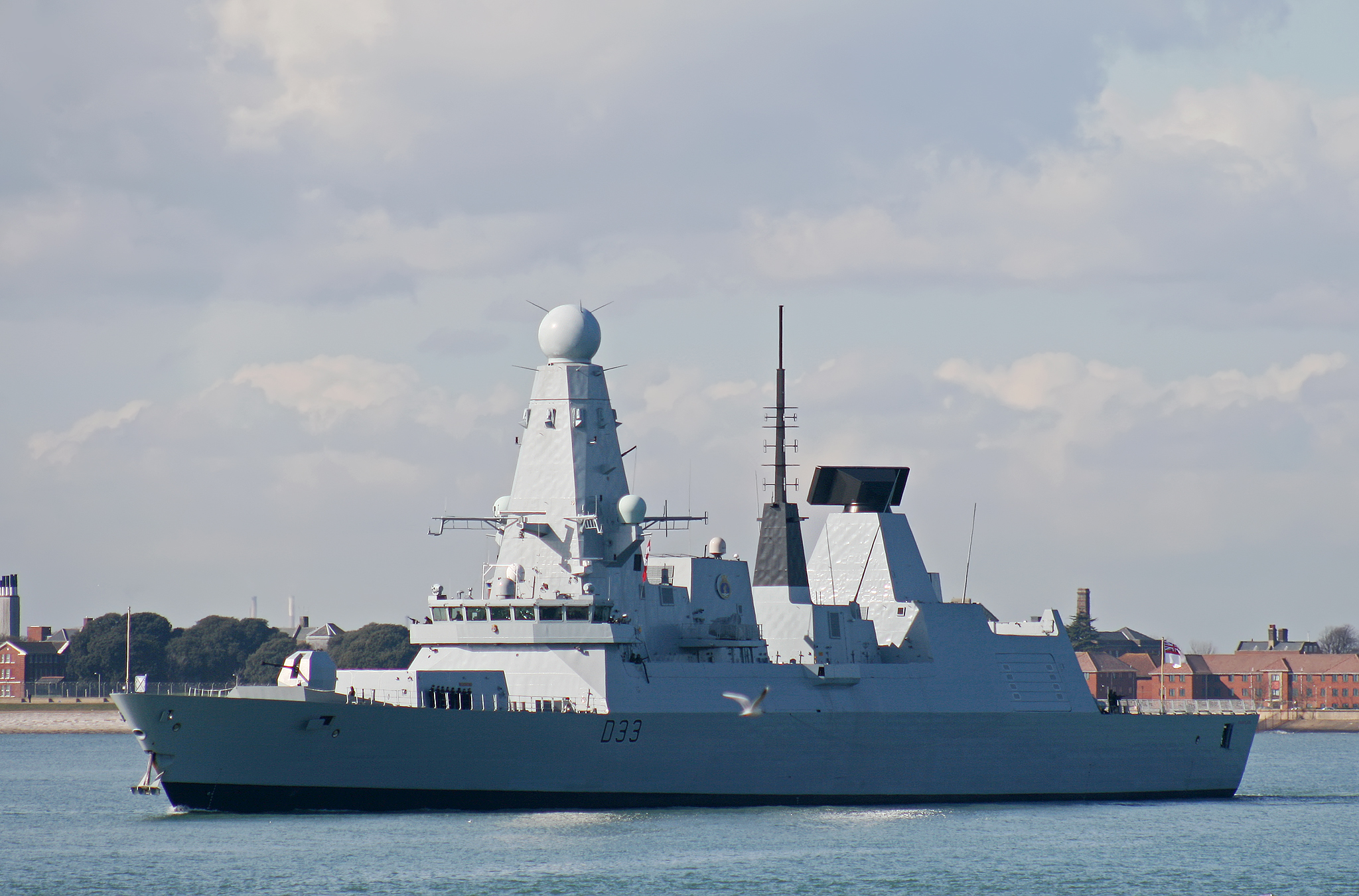|
Byron Heights
Byron Heights is a mountain rising to at the northwest extremity of West Falkland, Falkland Islands in the South Atlantic. It is situated southeast of Hope Point. The mountain's top is occupied by RRH Byron Heights (Remote Radar Head Byron Heights) of the British Forces South Atlantic Islands (BFSAI), ''Think Defence'' Website, 2017 part of an early warning and airspace control network including also on West Falkland and RRH Mount Kent on |
Falkland Islands
The Falkland Islands (; es, Islas Malvinas, link=no ) is an archipelago in the South Atlantic Ocean on the Patagonian Shelf. The principal islands are about east of South America's southern Patagonian coast and about from Cape Dubouzet at the northern tip of the Antarctic Peninsula, at a latitude of about 52°S. The archipelago, with an area of , comprises East Falkland, West Falkland, and 776 smaller islands. As a British overseas territory, the Falklands have internal self-governance, but the United Kingdom takes responsibility for their defence and foreign affairs. The capital and largest settlement is Stanley on East Falkland. Controversy exists over the Falklands' discovery and subsequent colonisation by Europeans. At various times, the islands have had French, British, Spanish, and Argentine settlements. Britain reasserted its rule in 1833, but Argentina maintains its claim to the islands. In April 1982, Argentine military forces invaded the islands. British a ... [...More Info...] [...Related Items...] OR: [Wikipedia] [Google] [Baidu] |
Atlantic Ocean
The Atlantic Ocean is the second-largest of the world's five oceans, with an area of about . It covers approximately 20% of Earth's surface and about 29% of its water surface area. It is known to separate the " Old World" of Africa, Europe and Asia from the "New World" of the Americas in the European perception of the World. The Atlantic Ocean occupies an elongated, S-shaped basin extending longitudinally between Europe and Africa to the east, and North and South America to the west. As one component of the interconnected World Ocean, it is connected in the north to the Arctic Ocean, to the Pacific Ocean in the southwest, the Indian Ocean in the southeast, and the Southern Ocean in the south (other definitions describe the Atlantic as extending southward to Antarctica). The Atlantic Ocean is divided in two parts, by the Equatorial Counter Current, with the North(ern) Atlantic Ocean and the South(ern) Atlantic Ocean split at about 8°N. Scientific explorations of the A ... [...More Info...] [...Related Items...] OR: [Wikipedia] [Google] [Baidu] |
West Falkland
West Falkland ( es, Isla Gran Malvina) is the second largest of the Falkland Islands in the South Atlantic. It is a hilly island, separated from East Falkland by the Falkland Sound. Its area is , 37% of the total area of the islands. Its coastline is long. Population The island has fewer than 200 people, scattered around the coastline. The largest settlement is Port Howard on the east coast, which has an airstrip. Other settlements include Albemarle, Chartres, Dunnose Head, Fox Bay, Fox Bay West, Hill Cove, Port Stephens, and Roy Cove, most of which are linked by road and also have airstrips and harbours. In 1986, the population was 265, in 2001, it had fallen to 144 and rose to 160 in 2016. Because West Falkland is outside Stanley or RAF Mount Pleasant on East Falkland it is considered part of the "camp", a Falklander term for the area outside the main settlement. Geography and wildlife West Falkland is hillier on the side closest to East Falkland. The principal mounta ... [...More Info...] [...Related Items...] OR: [Wikipedia] [Google] [Baidu] |
Hope Point, Falkland Islands
Hope is an optimistic state of mind that is based on an expectation of positive outcomes with respect to events and circumstances in one's life or the world at large. As a verb, its definitions include: "expect with confidence" and "to cherish a desire with anticipation." Among its opposites are dejection, hopelessness, and despair. In psychology Professor of Psychology Barbara Fredrickson argues that hope comes into its own when crisis looms, opening us to new creative possibilities. Frederickson argues that with great need comes an unusually wide range of ideas, as well as such positive emotions as happiness and joy, courage, and empowerment, drawn from four different areas of one's self: from a cognitive, psychological, social, or physical perspective. Hopeful people are "like the little engine that could, ecausethey keep telling themselves "I think I can, I think I can". Such positive thinking bears fruit when based on a realistic sense of optimism, not on a naive "f ... [...More Info...] [...Related Items...] OR: [Wikipedia] [Google] [Baidu] |
Remote Radar Head
Radar is a detection system that uses radio waves to determine the distance (''ranging''), angle, and radial velocity of objects relative to the site. It can be used to detect aircraft, ships, spacecraft, guided missiles, motor vehicles, weather formations, and terrain. A radar system consists of a transmitter producing electromagnetic waves in the radio or microwaves domain, a transmitting antenna, a receiving antenna (often the same antenna is used for transmitting and receiving) and a receiver and processor to determine properties of the objects. Radio waves (pulsed or continuous) from the transmitter reflect off the objects and return to the receiver, giving information about the objects' locations and speeds. Radar was developed secretly for military use by several countries in the period before and during World War II. A key development was the cavity magnetron in the United Kingdom, which allowed the creation of relatively small systems with sub-meter resolution. The ... [...More Info...] [...Related Items...] OR: [Wikipedia] [Google] [Baidu] |
British Forces South Atlantic Islands
The Falkland Islands are a British overseas territory and, as such, rely on the United Kingdom for the guarantee of their security. The other UK territories in the South Atlantic, South Georgia and the South Sandwich Islands, fall under the protection of British Forces South Atlantic Islands (BFSAI), formerly known as British Forces Falkland Islands (BFFI), which includes commitments from the British Army, Royal Air Force and Royal Navy. They are headed by the Commander, British Forces South Atlantic Islands (CBFSAI), a brigadier-equivalent appointment that rotates among all three services (Navy, British Army, and RAF). Argentina invaded and took control of the Falklands on 2 April 1982. After recapturing the territory in June 1982, the UK invested heavily in the defence of the islands, the centrepiece of which was a new airfield at RAF Mount Pleasant, west of Stanley. The base was opened in 1985, and became fully operational in 1986. Falkland Islands Defence Force The Falkl ... [...More Info...] [...Related Items...] OR: [Wikipedia] [Google] [Baidu] |
RRH Mount Alice
{{geodis ...
Mount Alice may refer to: * Mount Alice (Alaska) in Alaska, USA * Mount Alice (British Columbia) in British Columbia, Canada * Mount Alice (California) in California, USA * Mount Alice (Colorado) in Colorado, USA * Mount Alice, Falkland Islands in West Falkland, Falkland Islands The Falkland Islands (; es, Islas Malvinas, link=no ) is an archipelago in the South Atlantic Ocean on the Patagonian Shelf. The principal islands are about east of South America's southern Patagonian coast and about from Cape Dubouzet ... [...More Info...] [...Related Items...] OR: [Wikipedia] [Google] [Baidu] |
RRH Mount Kent
Mount Kent is a mountain on East Falkland, Falkland Islands, and is high. It is located north of Mount Challenger. History The mountain saw action during the Falklands War during the Assault on Mount Kent, part of the larger Battle of Mount Harriet. Some of the location is still mined. The mountain's top is occupied by the RRH Mount Kent (Remote Radar Head Mount Kent) of the British Forces South Atlantic Islands (BFSAI), ''Think Defence'' Website, 2017 part of an early warning and airspace control network including also and |
East Falkland
East Falkland ( es, Isla Soledad) is the largest island of the Falklands in the South Atlantic, having an area of or 54% of the total area of the Falklands. The island consists of two main land masses, of which the more southerly is known as Lafonia; it is joined by a narrow isthmus where the settlement of Goose Green is located, and it was the scene of the Battle of Goose Green during the Falklands War. The two main centres of population in the Falklands, Stanley and Mount Pleasant, which are both in the northern half of East Falkland, are home to three-quarters of the island's population. Geography East Falkland, which has an area of , a little over half the total area of the islands consists of two land masses of approximately equal size. The island is almost bisected by two deep fjords, Choiseul Sound and Brenton Loch-Grantham Sound which are separated by the wide isthmus that connects Lafonia in the south to the northern part of East Falkland. The island's coastline h ... [...More Info...] [...Related Items...] OR: [Wikipedia] [Google] [Baidu] |
Mountains Of West Falkland
A mountain is an elevated portion of the Earth's crust, generally with steep sides that show significant exposed bedrock. Although definitions vary, a mountain may differ from a plateau in having a limited summit area, and is usually higher than a hill, typically rising at least 300 metres (1,000 feet) above the surrounding land. A few mountains are isolated summits, but most occur in mountain ranges. Mountains are formed through tectonic forces, erosion, or volcanism, which act on time scales of up to tens of millions of years. Once mountain building ceases, mountains are slowly leveled through the action of weathering, through slumping and other forms of mass wasting, as well as through erosion by rivers and glaciers. High elevations on mountains produce colder climates than at sea level at similar latitude. These colder climates strongly affect the ecosystems of mountains: different elevations have different plants and animals. Because of the less hospitable terrain ... [...More Info...] [...Related Items...] OR: [Wikipedia] [Google] [Baidu] |






